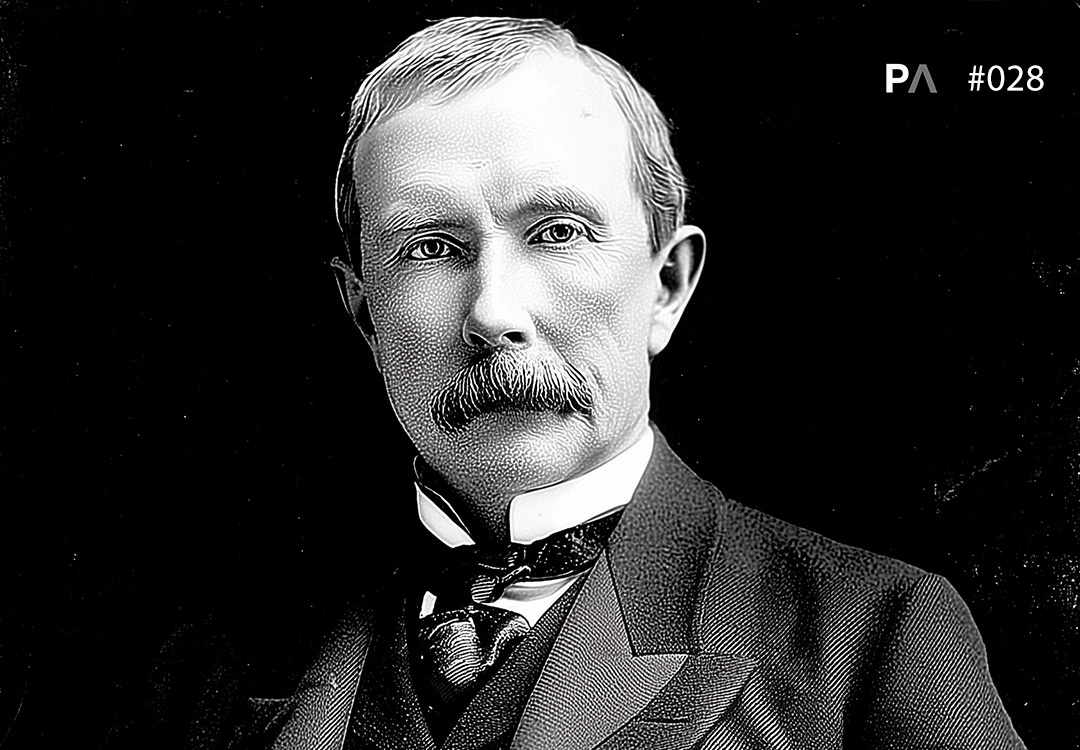Work Like an Athlete
Today at a Glance
- How to apply the athlete’s 4-season model to your work
- The 12-week rhythm that builds compound momentum
- A playbook for balancing performance, optimization, and rest
I’ve been thinking a lot about how professional athletes train and perform compared to how most people work in their daily lives.
Athletes never operate at the same intensity year-round. They work in seasons:
- Preseason – preparing their body and strategy
- Peak performances – executing at full throttle
- Postseason – reviewing and refining
- Rest period – recovery and renewal
They don’t confuse maintenance with performance.
They know when to sprint, when to adapt, and when to rest.
Most of us in business do the opposite.
We run at a constant, mid-level grind — rarely at true peak, rarely at true rest.
Always “on,” but never compounding.
A few months ago, I started experimenting with this athletic model — but applied to work.
I structured each month into four distinct weeks:
- Week 1: Planning — set direction, priorities, define resources needed.
- Week 2: Performance — full-court press on execution.
- Week 3: Evaluation — review, tweak, optimize.
- Week 4: Rest — shorter hours, family time, recharge.
It’s been awesome.
I feel more energized, spend more intentional time with family, and somehow get more done in that single performance week than I used to in a month.
It also allows me to set expectations with my family. “This week, date X to Y is going to be long days and nights.”
Now I’m taking it further — shifting into 3-week cycles and dividing each quarter into a “season.”
Each season mirrors an athlete’s rhythm of performance, refinement, and rest — but built for founders and operators.
Here’s how it works.
Working in 3-Week Seasons
The year isn’t a straight line. It’s a rhythm.
And when you sync your work to that rhythm, productivity compounds.
Each quarter becomes a cycle of four 3-week “seasons”:
1. Pre-Season (3 weeks)
Purpose: Build the foundation for extreme action.
You’re not rushing. You’re planning the system.
- Align your focus — time, money, attention.
- Run micro-experiments.
- Design the roadmap for “Peak Season.”
- Shorter working days, fewer meetings, more deep thinking.
The better your Pre-Season, the more powerful your sprint.
2. Peak Season (3 weeks)
Purpose: Execute like you’re in the playoffs.
This is the Compound Period.
- 21 days of full-court press.
- Long working days, high focus, no hesitation.
- Ship. Review. Iterate quickly.
- Double down on what’s working, kill what’s not.
The goal isn’t balance — it’s action and impact.
You’re compressing months of progress into one focused sprint.
3. Post-Season (3 weeks)
Purpose: Optimize what you’ve built.
Now you slow down to speed up again.
- Perform a full retrospective on what worked, and what didn’t.
- Identify 1–2 levers that could 10x next quarter.
- Work on automations, templates, improvements.
- Shorter hours (4 days/week).
Momentum only matters if it’s repeatable.
4. Off-Season (3 weeks)
Purpose: Rest, reset, and rewire.
- Step back.
- Spend time with family, travel, learn something new.
- Keep light oversight (short check-ins each week).
Rest isn’t the opposite of work — it’s the multiplier of it.
The Math of Momentum
Four 9-week work cycles (pre, peak, post season) = 36 weeks of intentional work, structured for max output during peak cycles.
12 weeks of rest (off-season), recovery, and learning.
I bet you’ll outperform those who grind 52 weeks straight — intensity compounds when it’s properly cycled.
Designing a Compound Day
You can start smaller.
Create mini-seasons inside your week:
- Clear the noise. No meetings, no distractions.
- Pick one mission. The highest-leverage task.
- Stack small wins early. Build energy fast.
- Go heads-down for 5 hours.
- Reflect. What worked? What created lift?
Each Compound Day becomes practice for a Compound Season.
How to Know It’s Working
You’ll start to feel it before you measure it.
During your peak weeks, you’ll wake up energized.
Work feels effortless, you're focused, and you find yourself getting more done in a day than you used to in a week.
Decisions come faster. Execution feels simple. You feel unstoppable.
During your off weeks, you’ll notice the opposite — but in the best way.
You’ll have space: for your family, for actual rest, for learning something new.
Maybe that means a midweek lunch with your kids. A planned vacation that doesn’t feel rushed. Or the bandwidth to pick up a new skill.
You’ll know it’s working, when your work is sharper and your life expands around it.
Subscribe to

Get one powerful growth playbook, every Saturday morning.
Related Articles

One powerful growth playbook, delivered every Saturday morning

%20copy.png)





